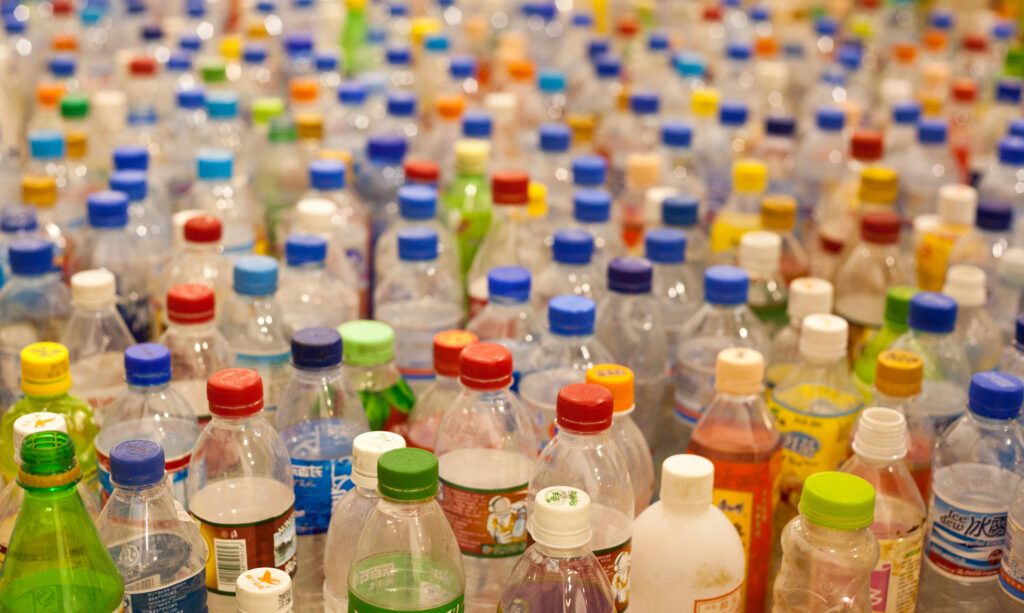By Chris Baraniuk.
Sponges. Is there anything they can’t do? For millennia, humans have used dried natural sponges to clean up, to paint, and as vessels to consume fluids like water or honey; we’ve even used them as contraceptive devices. Whether synthetic or natural, sponges are great at ensnaring tiny particles in their many pores. And as scientists around the world are beginning to show, sponges’ cavity-filled forms mean they could provide a solution to one of our era’s biggest scourges: microplastic pollution.
In August, researchers in China published a study describing their development of a synthetic sponge that makes short work of microscopic plastic debris. In tests, the researchers show that when a specially prepared plastic-filled solution is pushed through one of their sponges, the sponge can remove both microplastics and even smaller nanoplastics from the liquid. These particles typically become trapped in the sponge’s many pores. Though the sponges’ effectiveness varied in experiments, in part depending on the concentration of plastic and the acidity and saltiness of the liquid, optimal conditions allowed the researchers to remove as much as 90 percent of the microplastics. They tried it in everything from tap water and seawater to—why not—soup from a local takeaway.
The plastic-gobbling sponges are made mostly from starch and gelatin. Looking a bit like large white marshmallows, the biodegradable sponges are so light that balancing one atop a flower leaves the plant’s petals upright and unyielding, which the researchers suggest ought to make them cheap and easy to transport. Inside, the sponges’ structure appears less like lots of tiny bubble-like cavities and more like a jagged surface.
According to Guoqing Wang, a materials chemist at Ocean University of China and coauthor on the paper, the sponge formula is adjustable.

